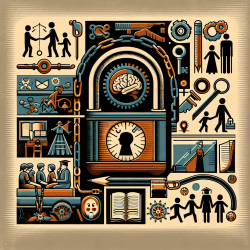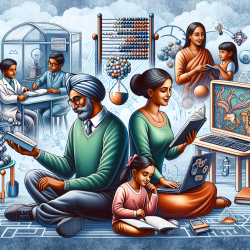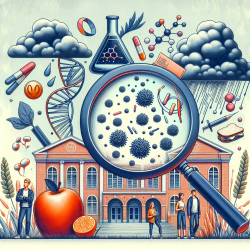Introduction
In the world of special education, understanding historical contexts can provide valuable insights into current practices and challenges. The research article titled “All emigrants are up to the physical, mental, and moral standards required”: A tale of two child rescue schemes by Sims-Schouten and Weindling offers a critical reflection on two major British child migration schemes: the British Home Child scheme (BHS) and the Kindertransport scheme. By examining these historical initiatives, educators and practitioners can glean lessons on inclusion, discrimination, and the impact of eugenic ideologies on child welfare.
Understanding the Historical Context
The British Home Child scheme (1869–1930) and the Kindertransport scheme (1938–1940) were both designed as "child rescue schemes." However, they were fraught with discriminatory selection procedures, often excluding children deemed "mentally and physically deficient." These decisions were heavily influenced by eugenic viewpoints, which prioritized the inclusion of children who were seen as physically and psychologically resilient.
Key Lessons for Modern Practitioners
- Inclusion and Diversity: Understanding the exclusionary practices of the past highlights the importance of inclusive practices today. Practitioners should strive to create environments where all children, regardless of their physical or mental capabilities, are given equal opportunities to thrive.
- Challenging Stereotypes: The historical reliance on eugenic ideologies underscores the need to challenge stereotypes and biases in educational settings. Practitioners should be aware of how these biases can affect decision-making and work to ensure that all children are evaluated based on their individual merits.
- Holistic Approaches: The focus on physical and mental fitness in historical schemes suggests the need for a more holistic approach to child welfare. Practitioners should consider the social, emotional, and environmental factors that contribute to a child's development and well-being.
Encouraging Further Research
The research presented in the article encourages practitioners to delve deeper into the historical contexts of child welfare practices. By doing so, they can better understand the roots of current challenges and develop more effective strategies for addressing them. Further research can also uncover the stories of those children who were excluded from these schemes, providing a more comprehensive understanding of their impact.
Conclusion
By reflecting on the ideals and realities of historic child migration schemes, modern practitioners can gain valuable insights into the importance of inclusion, the dangers of discriminatory practices, and the need for holistic approaches to child welfare. As we continue to strive for a more equitable and inclusive educational system, these lessons from the past can guide us toward a brighter future for all children.
To read the original research paper, please follow this link: “All emigrants are up to the physical, mental, and moral standards required”: A tale of two child rescue schemes.










